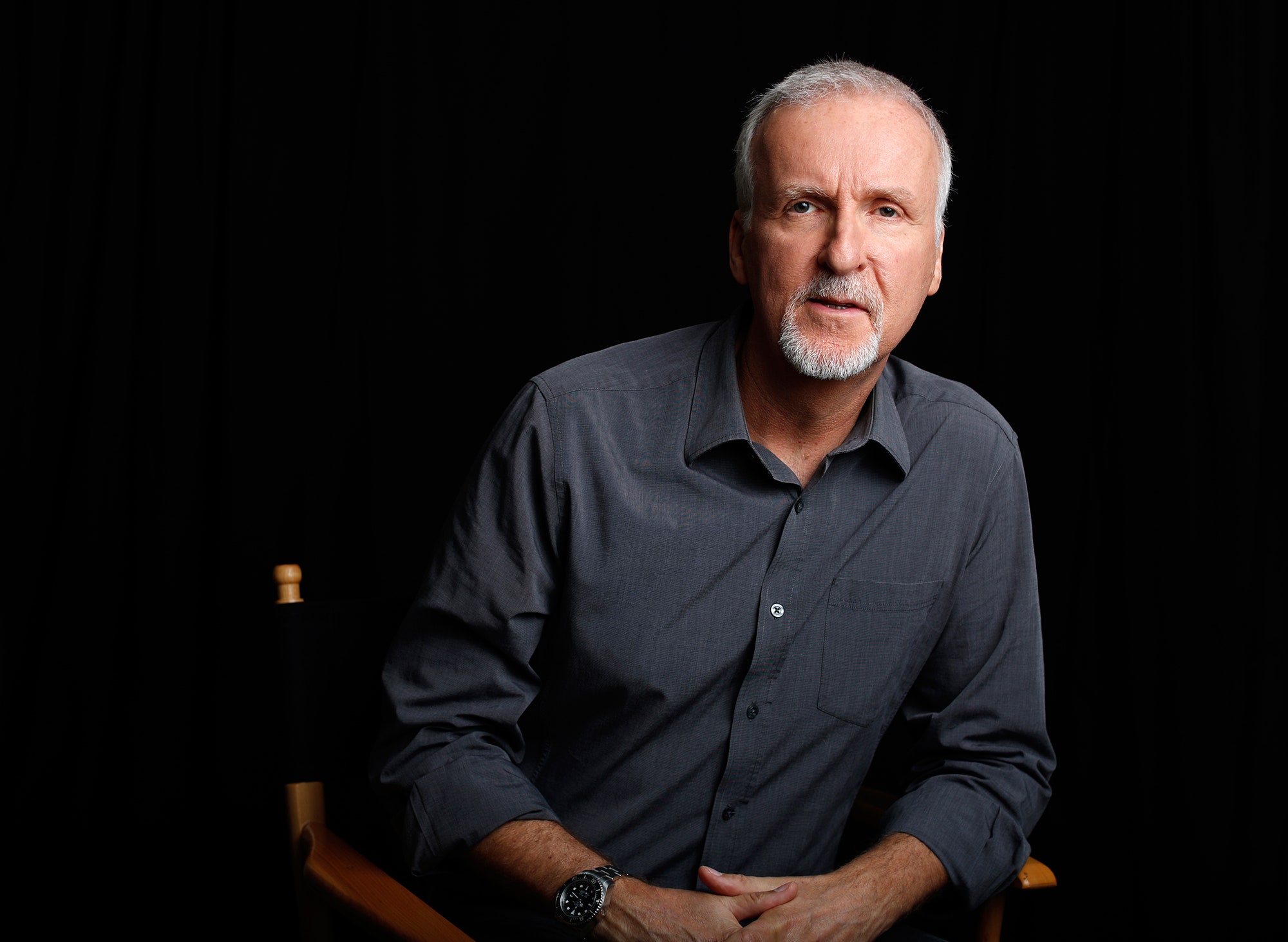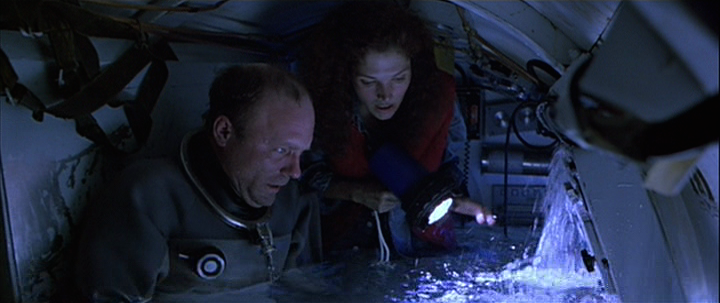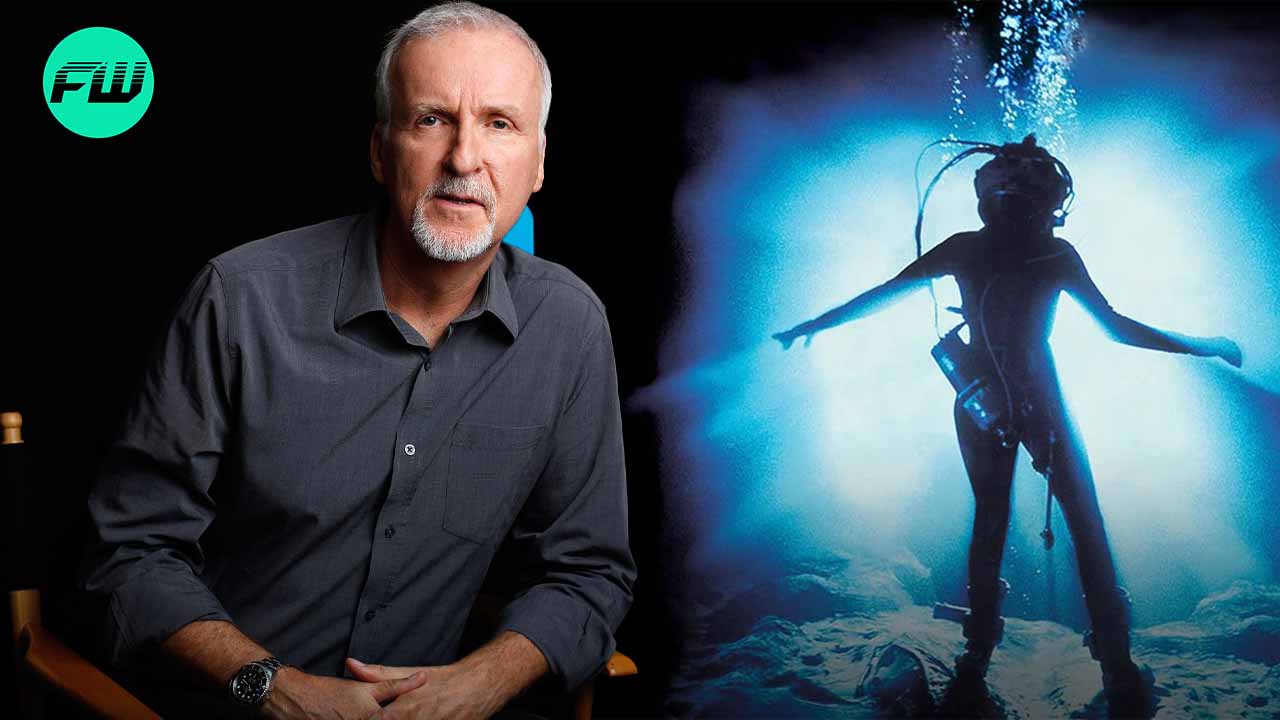You read the feature right: We’re naming 1989’s The Abyss as James Cameron’s absolute best film. It’s anything but a simple case to make. The Abyss? Is it Better than either Terminator 1 or 2? Better than Aliens? Better, even, than Titanic and Avatar, two motion pictures that changed the essence of film until the end of time?
Sure, The Abyss treads a few recognizable Cameron strides. Militarism at chances with the normal world, common laborers versus tricky external interests. Also, an essential human dramatization beneath fantastical features. However in The Abyss, every one of these sayings conveys an alternate disposition that separates the film from the remainder of Cameron’s work. These subtleties likewise put the film aside from a few other submerged motion pictures that dropped that very year.
The Abyss wears its aspirations on its sleeve. It’s a remote ocean highlight that was really shot submerged, not on a smoke-filled soundstage before over-wrenched cameras. It stunned the world with its powerful impacts. It would, eventually, fail to meet expectations in the cinematic world, yet still become a high-water mark (pardon the quip) in Cameron’s vocation. Did it arrive on account of Cameron or regardless of him? We’ll never really know. In any case, one thing is clear: The Abyss is Cameron’s best film, and we’re here to explain to you why.
The Abyss Bases On A Homegrown Dramatization

At the focal point of The Abyss is a tale about a messed up marriage. Remote ocean oil rigger Bud (Ed Harris) and his alienated designer spouse Lindsey (Mary Elizabeth Mastrantonio) are compelled to cooperate under phenomenal conditions when a Navy SEAL group requires the movable oil stage Bud skippers. Their point is to go to the most profound piece of the sea to recover lost atomic rockets. Lindsey goes along, as she fostered the vessel and realizes it best.
Bud holds serious antagonism for his prospective ex, and, purposely or not, has harmed the team against her. It’s seen from the beginning, as Lindsey leaves with the SEAL group: An outdoors organizer, played by Chris Elliott, groans, “Look who’s with them … sovereign b**** of the universe.” The assertion is likewise somewhat of an Easter egg for Cameron fans, given Ellen Ripley’s designation against the Xenomorph sovereign in Aliens.
This contention may have genuine starting points: Producer Gale Anne Hurd was hitched to James Cameron from 1985 to 1989, with their separation happening that very year of the arrival of The Abyss. In any case, this subplot stays away from simple adages: Lindsey is something beyond a furious spouse, and Bud is under a virtuous casualty. The two characters show up as defective however engaging individuals, before they are in a real sense dove into decisive dramatization.
The Abyss’ Unbelievable Set

Dissimilar to most submerged films, The Abyss was shot in real, huge water tanks. In particular, it was shot in two deserted atomic tanks in Gaffney, South Carolina. The light of the sky was obliterated through a huge number of drifting dark globules. The entertainers needed to prepare to become guaranteed jumpers. All of this is necessary for a huge measure of innovative work.
As one can intuit, studios aren’t extremely enthused about dropping that degree of coin. Earlier to The Abyss, submerged motion pictures utilized a soundstage lit to have a blue-green color. Gentle smoke was siphoned in to haze the room and foster shafts of light to mirror submerged dispersion and centering. The cameras would be overturned to run quicker. When screened at ordinary speed, development would appear to be increasingly slow, as though the entertainers were pushing against water flows.
Cameron, an enthusiast of the submerged world, as proven by Titanic as well as his many jumping narratives, searched out a level of veracity not seen on film previously. In the narrative Under Pressure: Making The Abyss, crowds discover that such an undertaking was hazardous: This film might have finished sadly on numerous events. That hazard prompted a huge prize which actually figures out how to amaze watchers numerous years after the fact.
The Abyss Breathes New Fife Into Old Cameron Prime Examples

James Cameron has an inclination toward explicit person types. He inclines toward regular individuals, pushing into uncommon conditions including executioner cyborgs, wicked outsider animals, and careless entrepreneurs. Normally, there will be a group of eight or nine of these individuals, complete with pungent language and extreme perspectives. However, you’ll just truly get to know a few of them. The rest as a rule end up as cannon feed.
Some way or another, Cameron made these all around worn paradigms work more than ever in The Abyss. In huge measure, the credit goes to the encased space wherein our hero roughnecks live. Imprisonment implies that you can’t shoehorn in an excessive number of bodies who won’t push the story ahead in a significant manner. Throw in a few generally excellent personal exhibitions from Todd Graff as Hippy, Leo Burmester as Catfish, Kimberly Scott (in her film debut) as One Night, and you have film gold.
Another Cameron prime example is the tough military man who erroneously thinks his weapon will get him out of his strange circumstance. The twist this time is that the personality of Lt. Coffey, played by Cameron ordinary Michael Biehn, isn’t really underhanded. He’s certainly somewhere down in a suspicious state because of high-pressure anxious disorder, which drives him to always hyper conduct. Be that as it may, he’s not really a spoiled individual. The present circumstance makes him an extremely successful third leg of sensational strain. He also conceivably imperils his central goal to recover the nukes.


